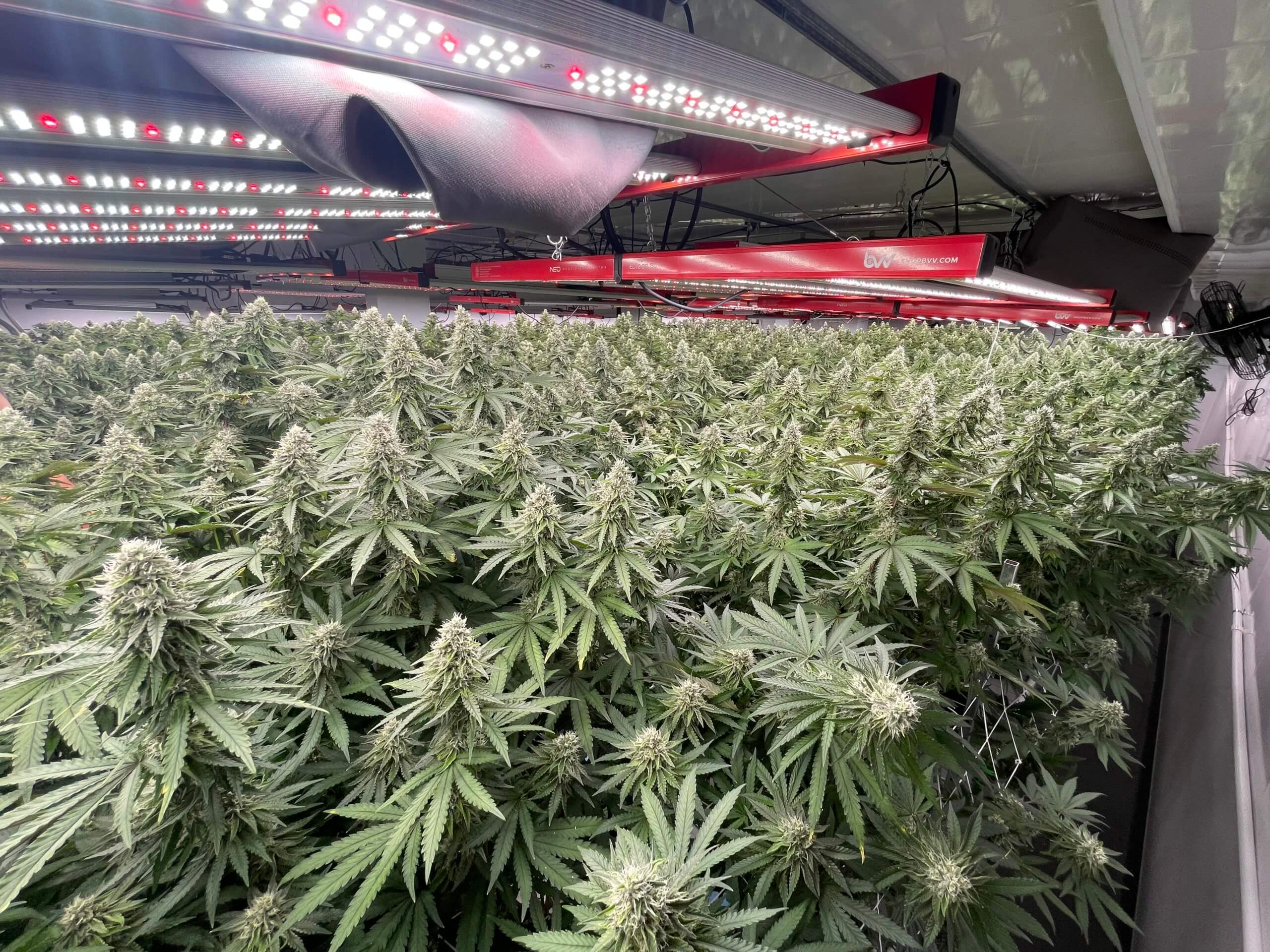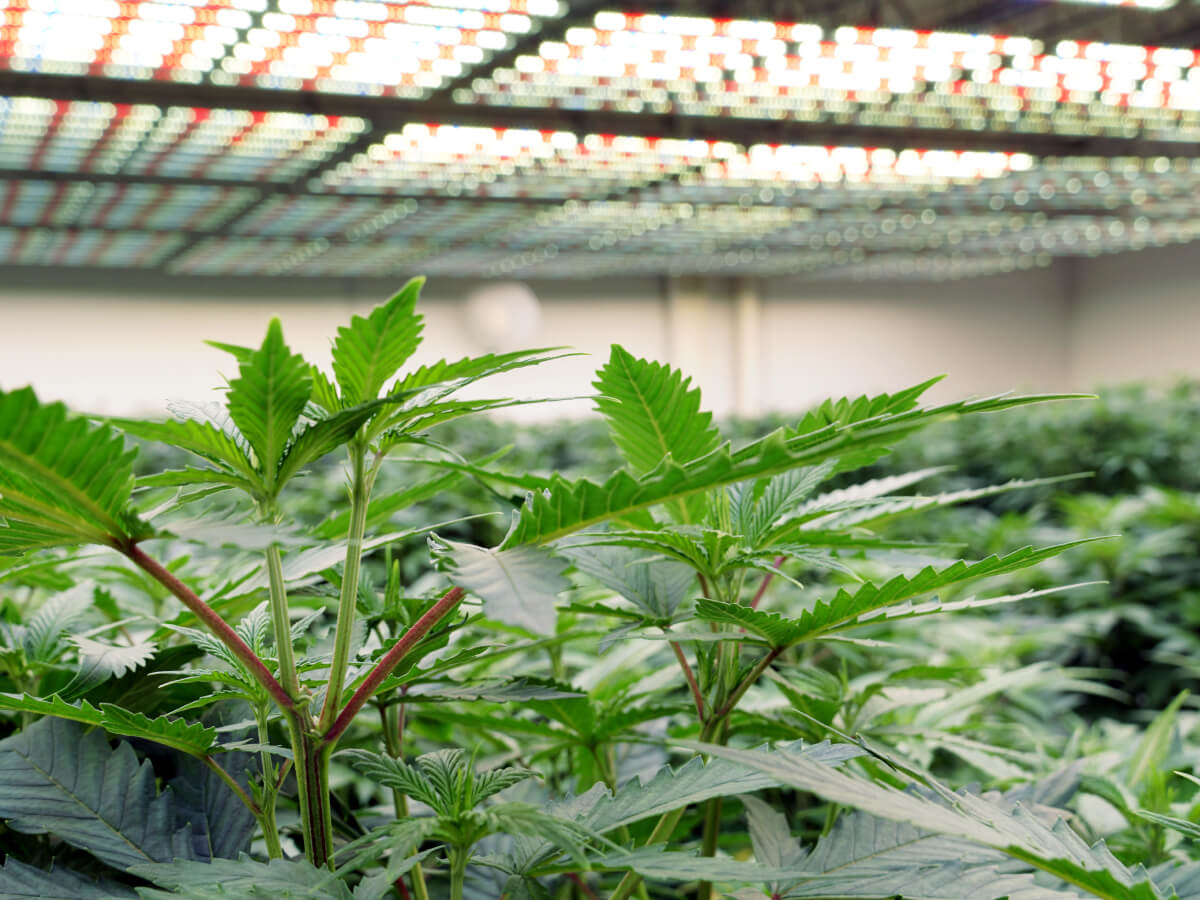When we speak to potential new clients who are considering building an indoor cultivation facility (whether leafy greens or cannabis) who don’t already have indoor cultivation experience, we are often surprised by the lack of understanding about just how challenging indoor growing can be. After all, indoor growers just need to replicate natural sunlight with artificial lighting, water their plants, and call it a day right? How hard could that be?
The reality is that successful indoor farming companies have spent enormous amounts of time and money to ensure complete control of their indoor environments to best set their cultivation team up for a successful outcome. Of course outdoor growing is not without its own challenges, but there is a blueprint for traditional farming. Indoor growers and vertical farms have particularly unique challenges associated with facility design planning, construction budget development, accurate revenue forecasting, and understanding market dynamics to ensure their economic viability.
First, cultivating leafy greens, other food crops, or cannabis indoors means dialing in the cultivation environment to perfection. Rarely does this mean replicating natural light or the natural environment — what it actually requires is the creation of an artificial environment that pushes the plant to maximize crop yields and quality. The natural environment for these plants comes with variability in lighting and climate conditions, and in indoor cultivation, consistency is the key to maximizing yields and achieving consistent quality and harvests. With cannabis plants, this often means stressing the plant in positive ways to maximize trichome, oil and certain THC or CBD production, while not overstressing to maintain healthy plants. With food and leafy greens, this means dialing in the environment to optimize flavor and overall yield.
Indoor growers and facility designers must understand exactly what the environmental needs are of the specific crop they are cultivating, and design a facility that delivers that environment. That means selecting artificial lighting with the spectrum and photon flux density (PPFD) that best meets the needs of the plant during each of its life cycles (or supplemental lighting for greenhouse growers), which is usually best served by LED lights (although HID lighting is still in use in many indoor cannabis cultivation facilities and as supplemental lighting in greenhouses, LED lighting is becoming the industry norm and in many municipalities may be mandated as part of their efforts to reduce energy consumption.)

Once artificial lighting technologies are selected, facility designers can turn their attention to designing the air conditioning and environmental control systems that are critical to the success of indoor growers and vertical farms. Most cultivators don’t realize that the energy consumption of the climate control system in their facility will usually meet or exceed the energy consumption of their indoor lighting. As energy costs are usually in the top three recurring monthly costs for indoor cultivators (and often the top recurring monthly cost), the designers of the environmental control systems must consider not just the intense cooling (due to artificial lighting) and dehumidification (due to plant transpiration) needs required to maintain healthy plants, but also must consider energy efficient technologies in the design to help mitigate the impact of energy costs and, in some areas, unpredictable energy pricing. Even greenhouse cultivation can present difficult climate control issues that will need to be planned for. For indoor plants, dehumidification is usually the most difficult climate control challenge, as plant transpiration results in the need to remove massive amounts of moisture from the cultivation environment.

Indoor and vertical farms are also usually most successful when irrigation and fertigation strategies are largely automated as this can be very time consuming and create a large labor cost burden when performed manually. The design of these systems will need to be carefully considered to ensure flexibility when cultivation actually begins, as what is envisioned is often not the reality once a facility is operational.
Building automation systems (or controls) will need to be considered, and can have a wide range of cost and functionality. At minimum, cultivators will need to have some mechanism to control lighting schedules, climate control systems, and irrigation schedules. Most indoor cultivators also prefer to utilize some kind of alarming system to get remote alerts by phone or email if there is an issue with any of the critical environmental systems in the facility.
Indoor cultivation companies have to consider so much that is completely different from conventional growers and traditional farms. The cultivation of cannabis and other indoor plants can be enormously challenging if the right infrastructure isn’t in place to support cultivation efforts. But when the facility design is correct, and the supporting systems are in place to maintain a perfect environment, indoor cultivation doesn’t have to be hard. Luckily, we’re here to help ensure your cultivation facility is designed to give you the best possible foundation for success. If you’re thinking about indoor farming please contact us any time, we’d love to help.

